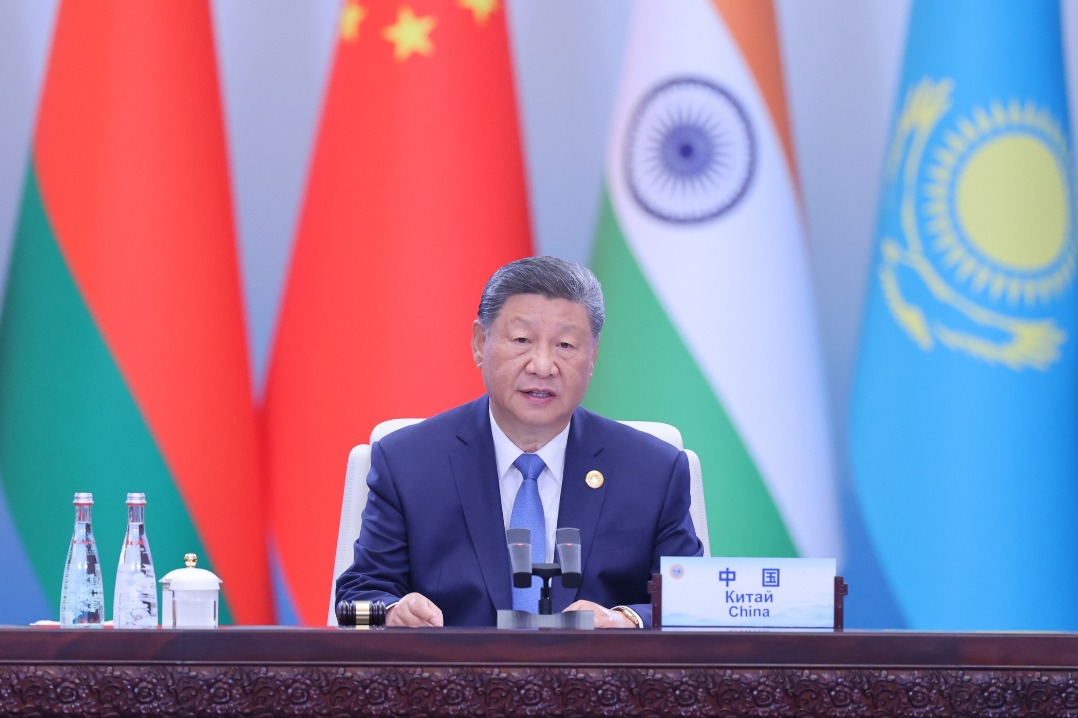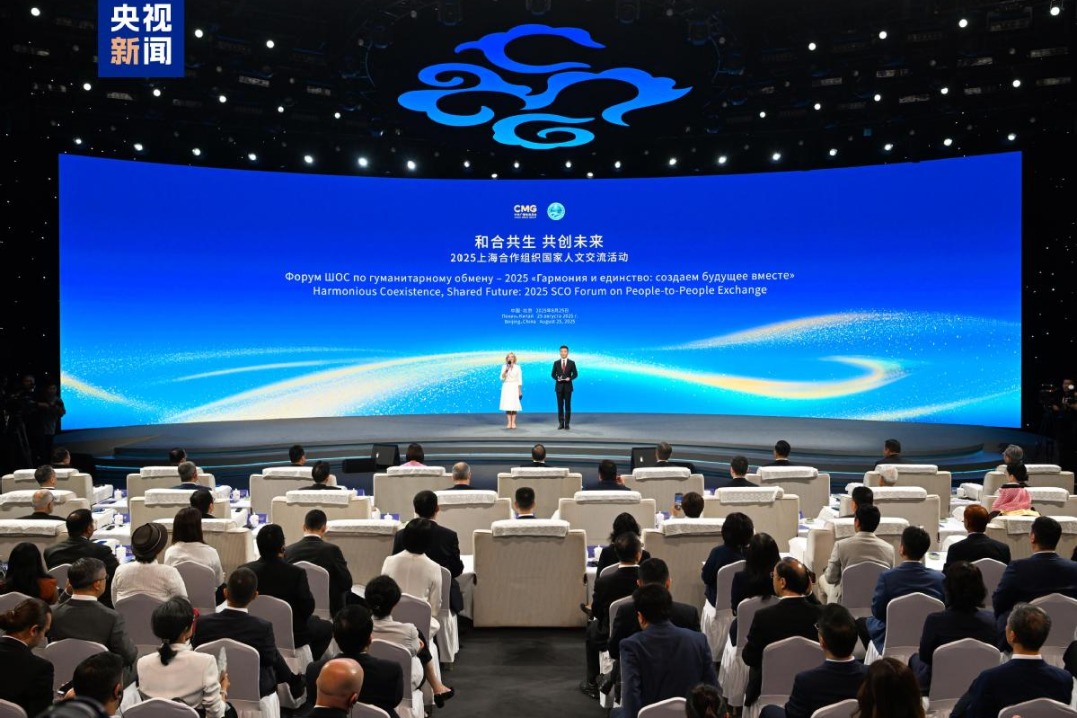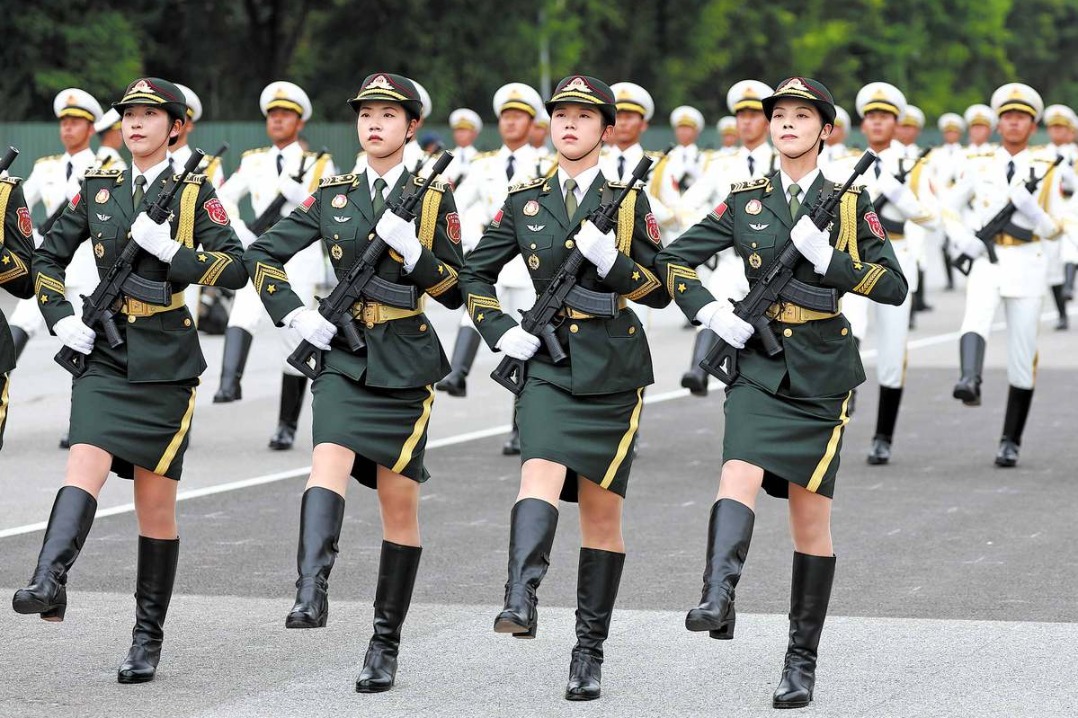Revamp time given to work, rest and play


Over the past few decades, China's rapid advances in science and technology have significantly boosted labor productivity and powered sustained medium-to-high economic growth.
As household incomes have risen, the demand for leisure-related consumption — including tourism, sports, and entertainment — has expanded.
Yet time remains a key constraint. More and more people are now asking: how much leisure time do we really have, and how can it be better structured? As a result, public interest in reforming China's public holiday system is reaching new heights.
How much time do we actually get off? Let's break down the current vacation structure. Every year has 365 or 366 days. Part of that is for work, part for rest. Broadly speaking, vacation time can be divided into three types: long leave (big breaks), public holidays (medium breaks), and weekends (short breaks).
Long leave refers to paid annual leave; medium breaks are the public holidays such as Spring Festival and National Day, as well as shorter holidays such as Qingming and Mid-Autumn Festival; and short breaks are the weekly Saturdays and Sundays.
In total, Chinese workers typically get: up to 15 days of paid leave on average, 13 days of public holidays, and 104 weekend days. Altogether, that's about 131 days of rest per year.
Where does China stand globally? In terms of total vacation time, China may have about 20 less days off compared with the developed countries such as France and Germany.
Notably, China's public holiday count is among the highest in the world, but it should guarantee and increase its paid leave.
Can vacation time be increased? Yes, and it should be. The ultimate driver of vacation time is labor productivity. As productivity improves, so should our ability to rest. Based on current productivity growth, China could reasonably increase its total days off to 151 by 2030.
There are three suggestions for public holiday reform. The first is to enforce paid leave. It's time to fully implement the paid leave system.
The government should lead by example: officials should not only work hard but also take their leave, and help ensure their staff do too. Paid leave enforcement should be part of performance evaluations. Tax breaks should be given to companies that meet paid leave standards. And businesses need support in boosting productivity through technology, education, and R&D so that giving leave doesn't come at the cost of competitiveness.
The second is to restore and extend key holidays. For example, restore the May Day "golden week", extend the Spring Festival break to five full days, and add the Lantern Festival as a one-day national holiday. These adjustments would ease the current shortage of time for leisure consumption and better align with public expectations and cultural traditions.
The third could be to explore a four-day workweek by 2030. As productivity continues to rise, China could prepare to shift to a four-day (36-hour) workweek. Initially, this could be optional, allowing workers to choose flexible schedules based on personal needs.
Once paid leave is fully implemented and the four-day week becomes common practice, China can move away from the current "borrow-now-pay-later" system of holiday shifting.
Holiday reform is a complex and sensitive issue. And it requires careful planning and cannot be applied in a one-size-fits-all manner. For example, small and medium-sized enterprises with lower productivity may need phased implementation.
The author is a researcher at the Academy of National Governance, Renmin University of China.
The views don't necessarily represent those of China Daily.
If you have a specific expertise, or would like to share your thought about our stories, then send us your writings at opinion@chinadaily.com.cn, and comment@chinadaily.com.cn.


































